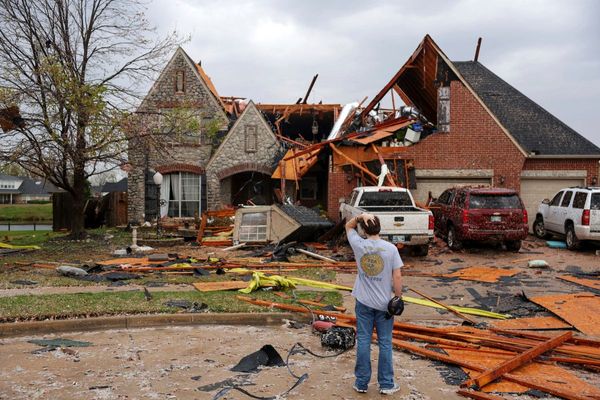HAVE you seen the Northern Lights across UK skies recently? Well, tonight (August 17), you could catch a glimpse - especially if you're in Scotland.
Recently, Brits have seen the aurora borealis grace the skies fairly frequently and they've taken stunning photos of the colourful night sky.
AuroraWatch UK has shared a red alert, meaning the chance of seeing the Northern Lights in the UK tonight is “likely”.
Its hourly activity index measures “geomagnetic activity” which is then used to make an estimate of how likely it is that the Northern Lights will be visible from the UK.
Red alert: aurora likely. Issued 2024-08-17 16:12 UTC (17:12 BST) by @aurorawatchuk. #aurora pic.twitter.com/FYKTT3b16r
— AuroraWatch UK (@aurorawatchuk) August 17, 2024
Will the Northern Lights be visible in Scotland tonight?
The Met Office’s aurora forecast explains: “A coronal mass ejection arrival is expected on the 17th during UTC daylight hours.”
It added: “There may however be some weakening residual enhancement to the auroral oval Saturday night, with aurora possibly visible where skies are clear across northern Scotland and similar geomagnetic latitudes.”
What causes the Northern Lights to be seen?
Royal Museums Greenwich (RMG) said: “The lights we see in the night sky are in actual fact caused by activity on the surface of the Sun.
“Solar storms on our star's surface give out huge clouds of electrically charged particles. These particles can travel millions of miles, and some may eventually collide with the Earth.
“Most of these particles are deflected away, but some become captured in the Earth’s magnetic field, accelerating down towards the north and south poles into the atmosphere. This is why aurora activity is concentrated at the magnetic poles.”
“These particles then slam into atoms and molecules in the Earth’s atmosphere and essentially heat them up,” says Royal Observatory astronomer Tom Kerss.
Recommended reading:
- WATCH: Family captures 'bright shooting star' on doorbell camera
- These are the 7 hotspots you need to go to see the Northern Lights this year
“We call this physical process ‘excitation’, but it’s very much like heating a gas and making it glow.”
RMG added: “What we are seeing therefore are atoms and molecules in our atmosphere colliding with particles from the Sun. The aurora's characteristic wavy patterns and 'curtains' of light are caused by the lines of force in the Earth’s magnetic field.
“The lowest part of an aurora is typically around 80 miles above the Earth's surface. However, the top of a display may extend several thousand miles above the Earth.”







